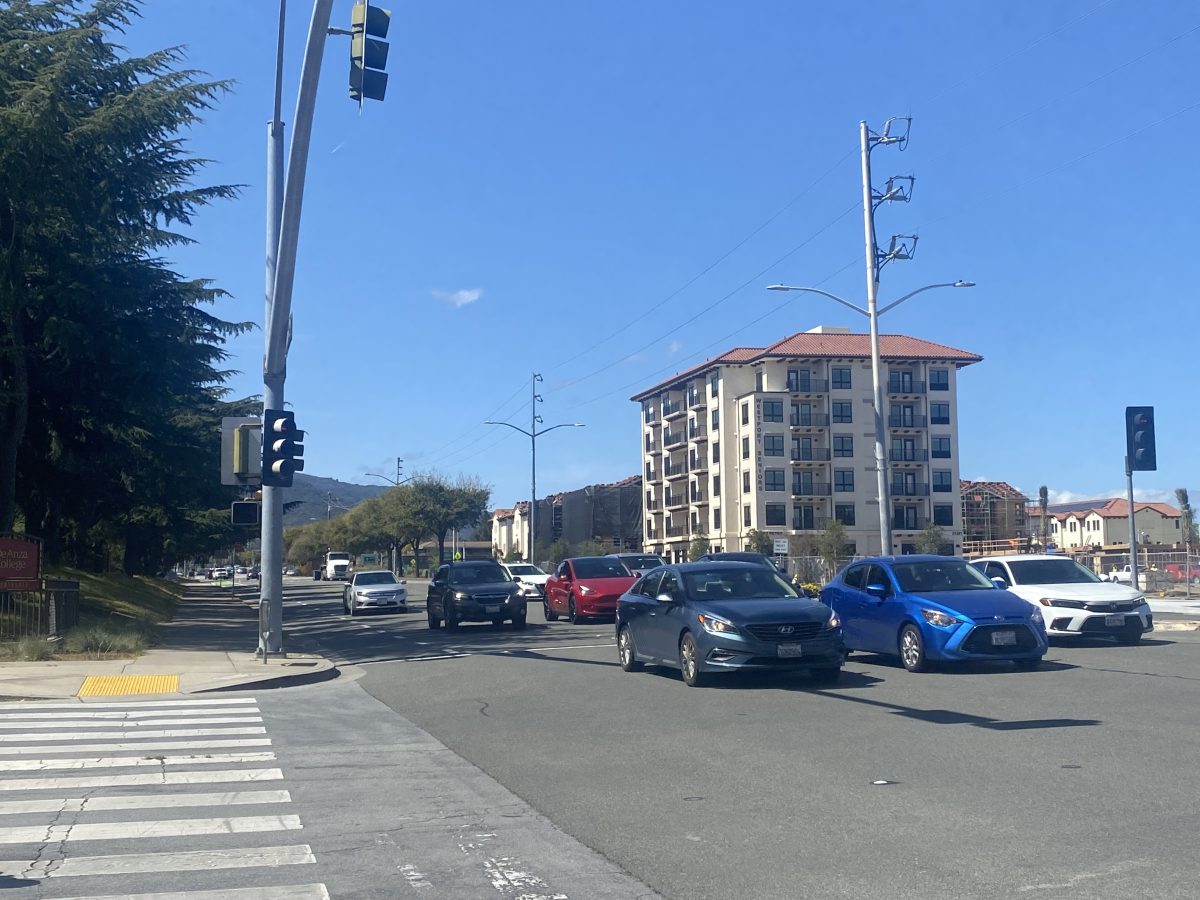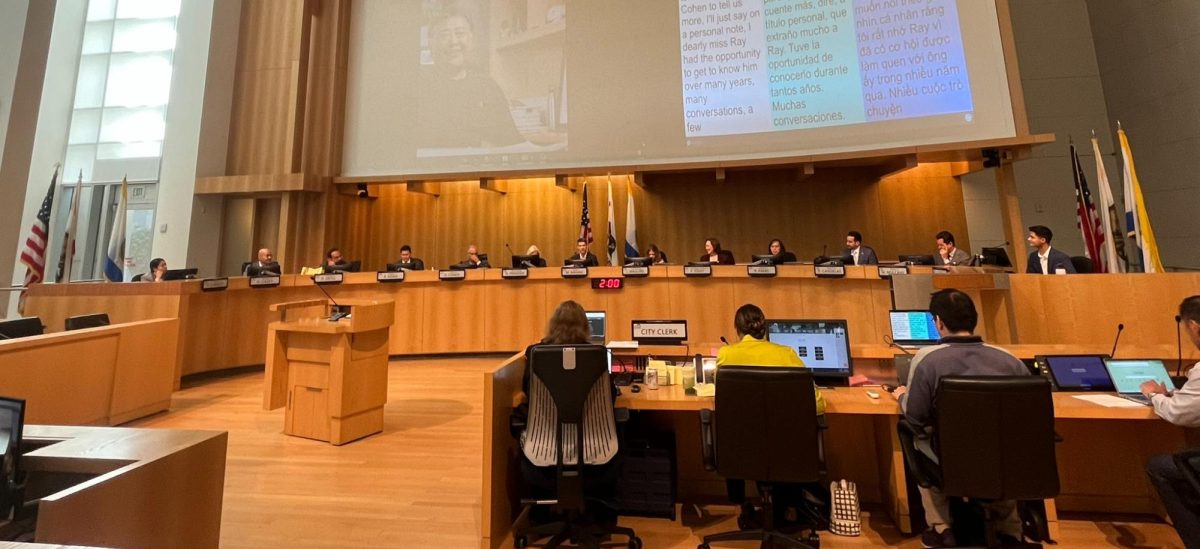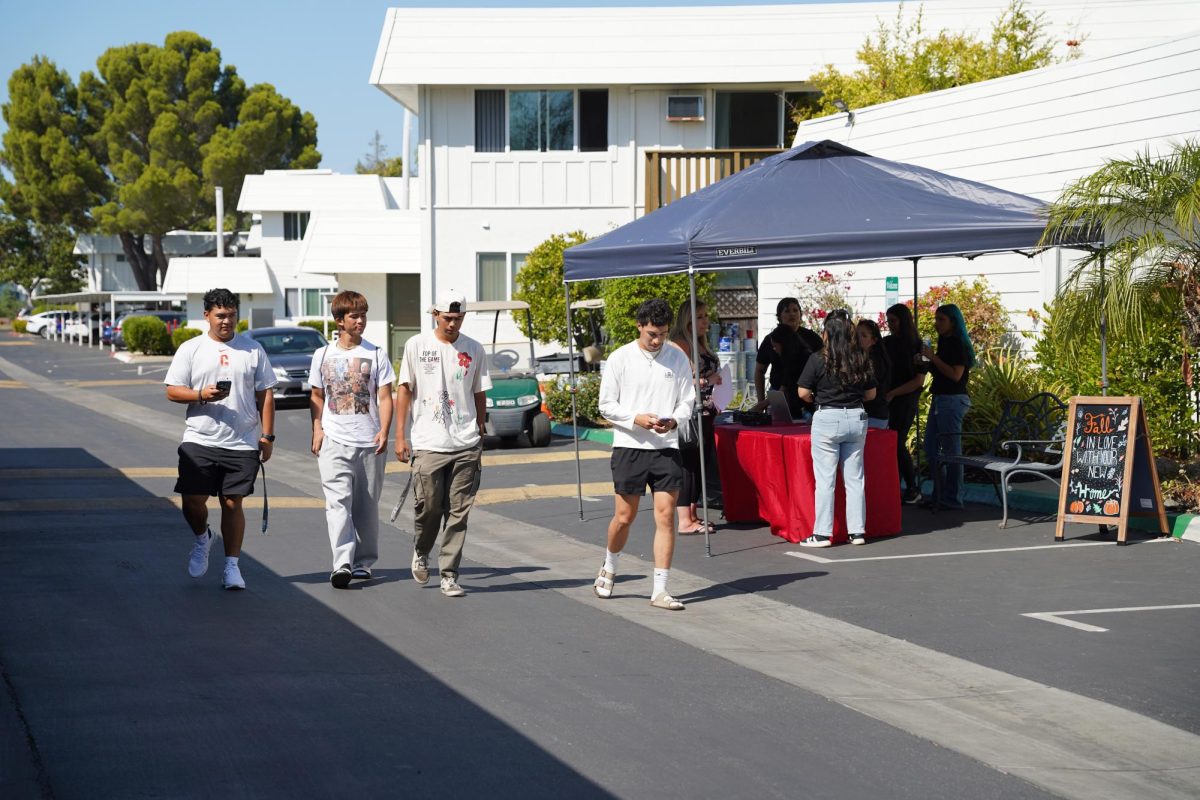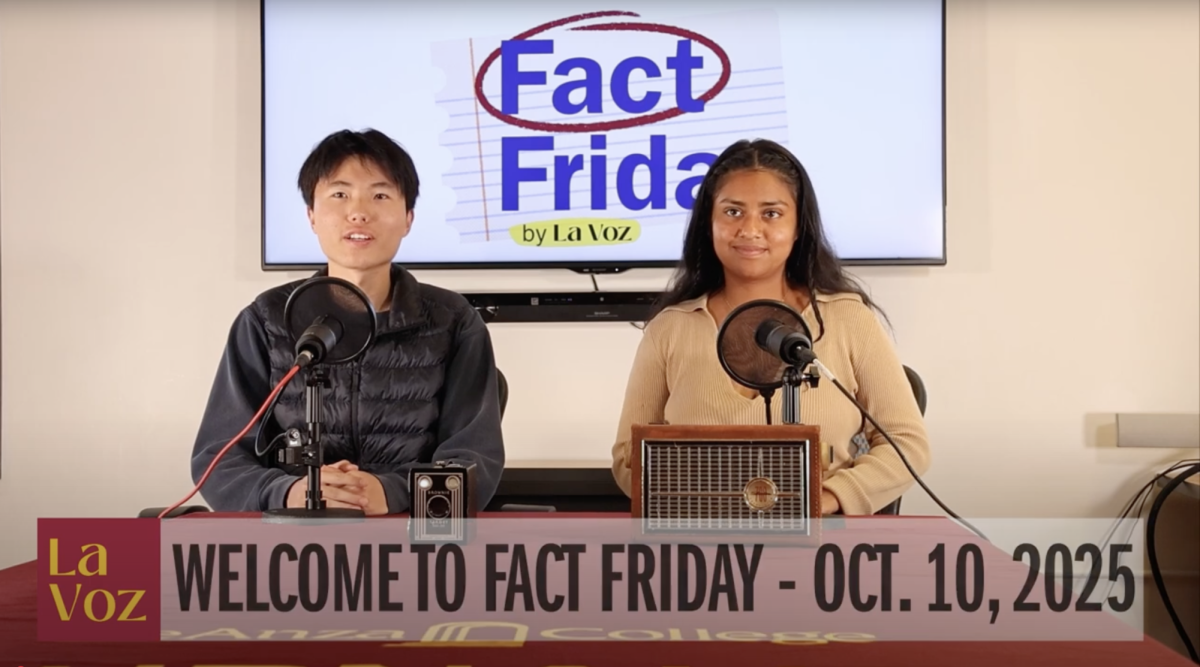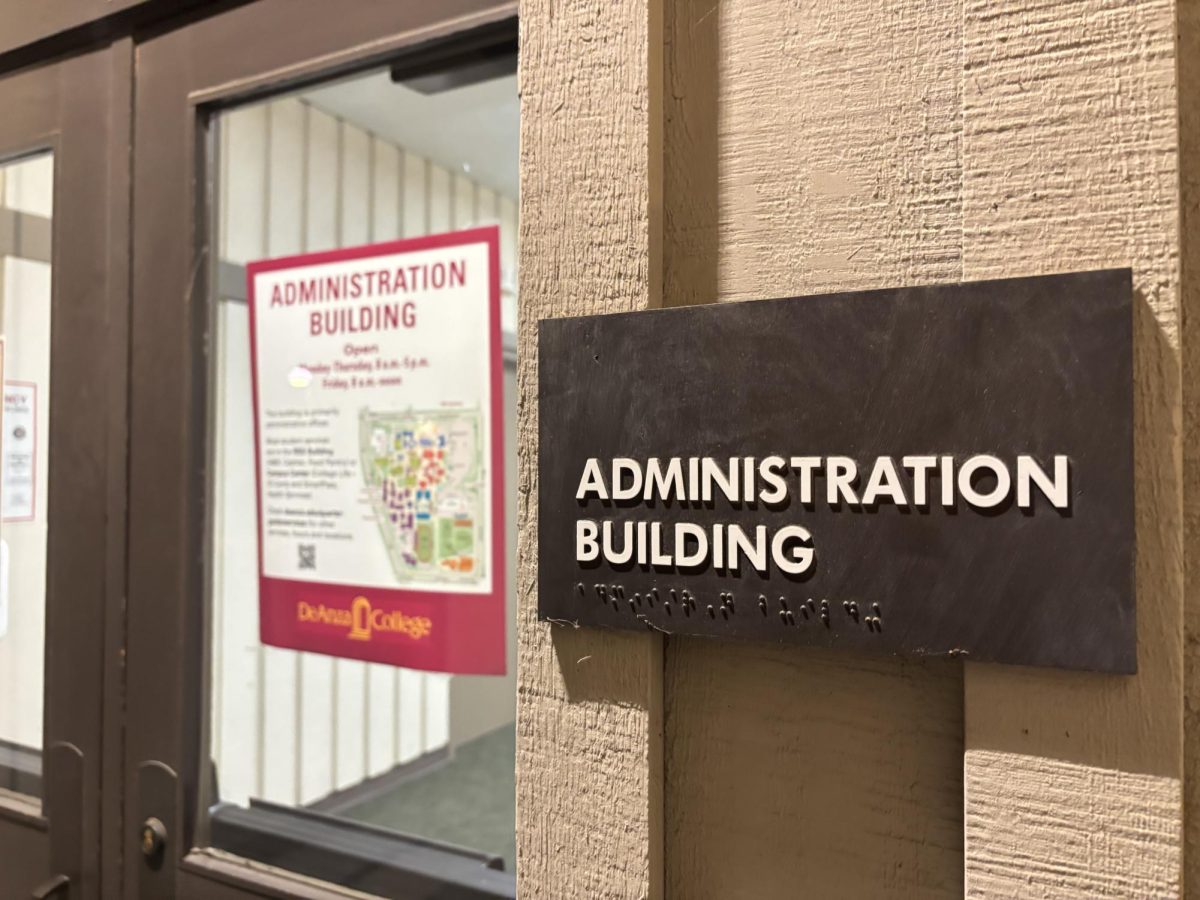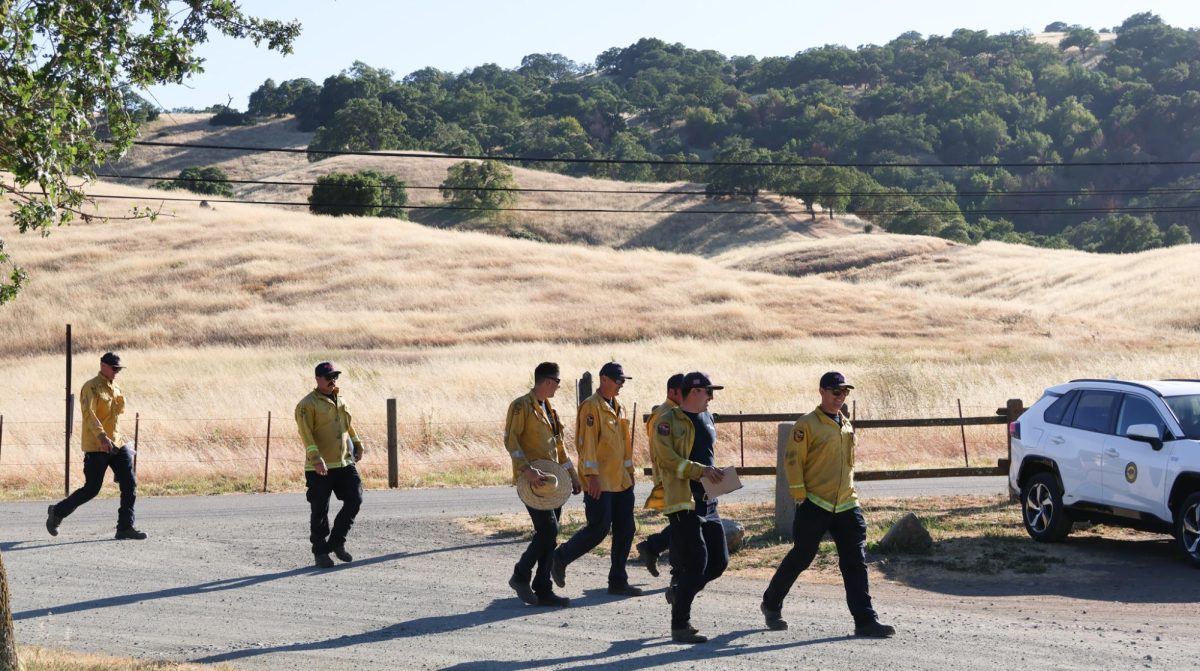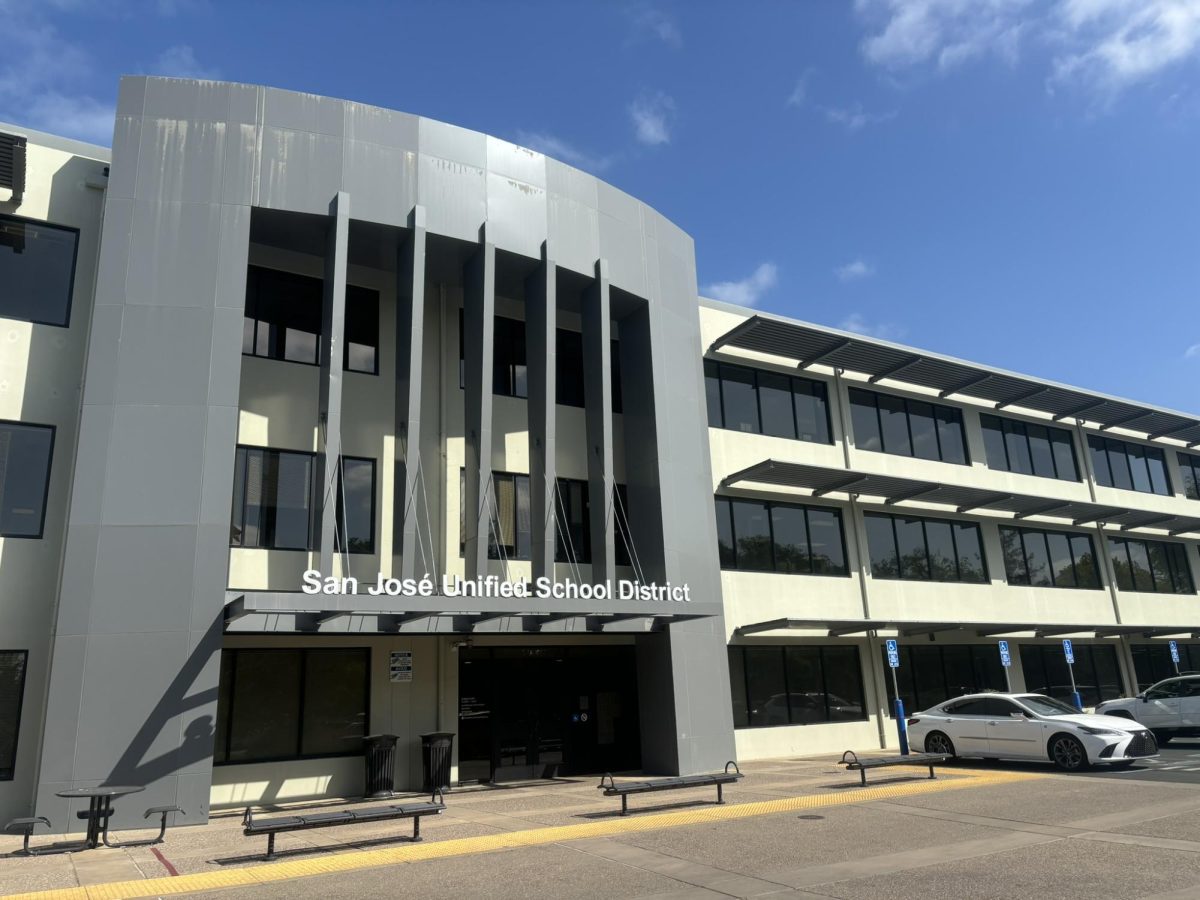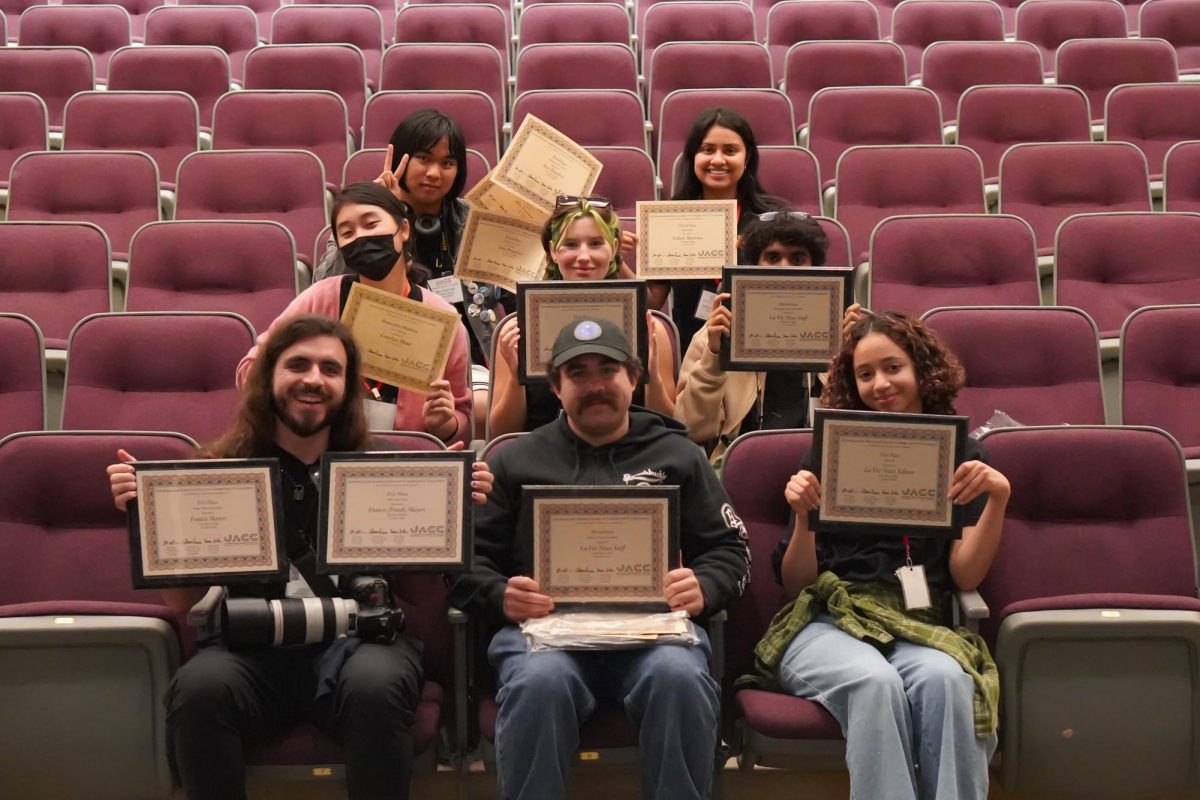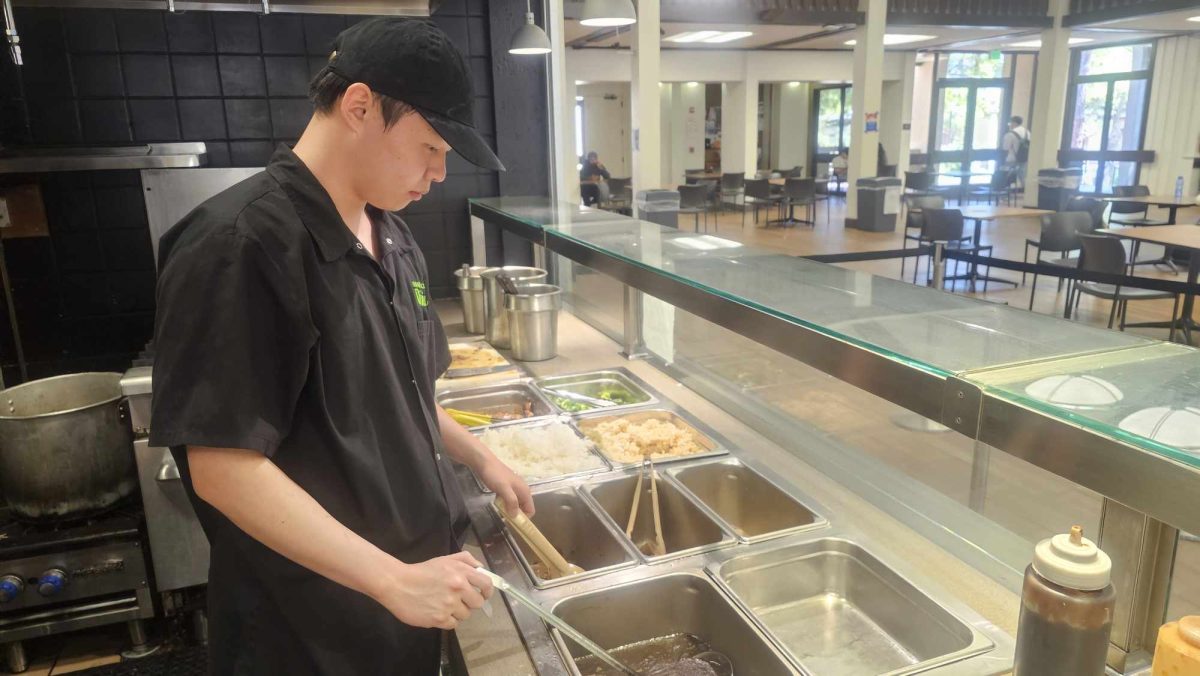A new pilot program for traffic safety has been approved, permitting five California cities to install automated speed cameras. Implementation will occur in San Jose, Oakland, Glendale, Los Angeles and Long Beach, as well as the San Francisco city and county.
The legislation proposing a pilot program for speed cameras was signed into law by Governor Gavin Newsom last Oct. 13. It stipulates that the participating cities and counties run the new speed check system for five years, and then report their findings for re-evaluation by 2032.
Conditions within the bill prohibit the speed cameras from using any facial recognition technology. Instead, they should photograph the rear license plate for identification without the driver being visible from the windshield.
Driving 11 miles per hour or more over the posted speed limit will cause a vehicle to be photographed.
Fines have also been established to start at $50, which is less than that of a standard speeding ticket. Speeding drivers will receive warning notices instead of fines for the first 60 days after the system has been implemented.
San Jose plans to place cameras near Priority Safety Corridors, or PSCs, which include school zones, streets commonly used for speed racing and streets with high rates of injury.
One of the bill’s prominent backers was Councilwoman Pam Foley, San Jose district nine representative and chair of the Vision Zero Task Force which aims to reduce local traffic-related deaths and injuries.
Kyle Laveroni, district nine deputy chief of staff, said that San Jose city staff are still in the early stages of planning, conducting preliminary research and establishing program rules. The city has also been in communication with cities outside California who have successfully run similar traffic programs, including Seattle, Denver, Philadelphia and Portland.
In addition, city staff are coordinating with the other cities involved in the pilot program, with a possibility of procuring the same types of cameras and implementing similar systems.
The city is not expecting to profit from the pilot program.
“In fact, if it is generating revenue, in a way, it shows that it’s not working, because then people are still speeding despite the camera being there. We’re not trying to surprise drivers,” Laveroni said. “The cameras will have signage so that drivers know that there is automated speed enforcement on those streets.”
Self-automated speed cameras also resolve some concerns regarding law enforcement ethics.
“It’s also a more effective and equitable tool, rather than having a law enforcement officer,” Laveroni said. “We can have speed cameras that don’t involve an officer with a gun conducting a traffic stop.”
De Anza students weighed in on the potential efficacy of the speed camera pilot program.
Lucy Chen, 34, early childhood major, said, “I think anything regarding traffic safety is okay.”
Alfred Smart, 19, major undecided, said, “It’s a good idea, and I think it’ll have a good impact. Not a huge impact, but noticeable.”



